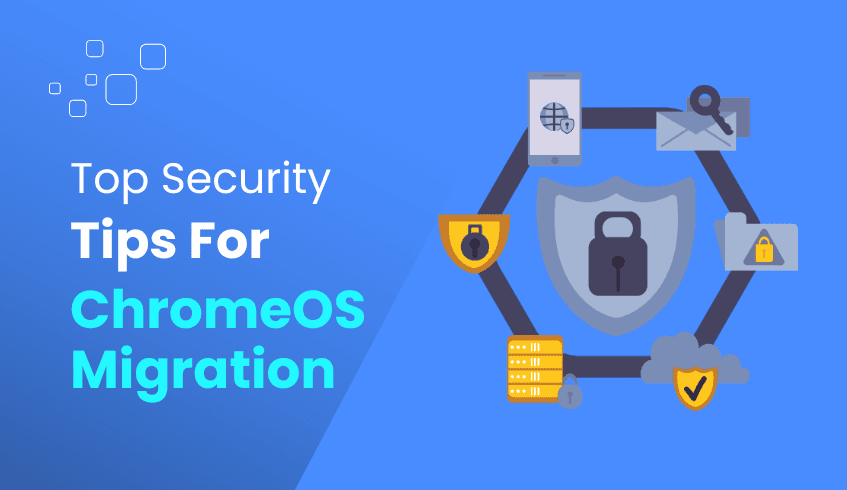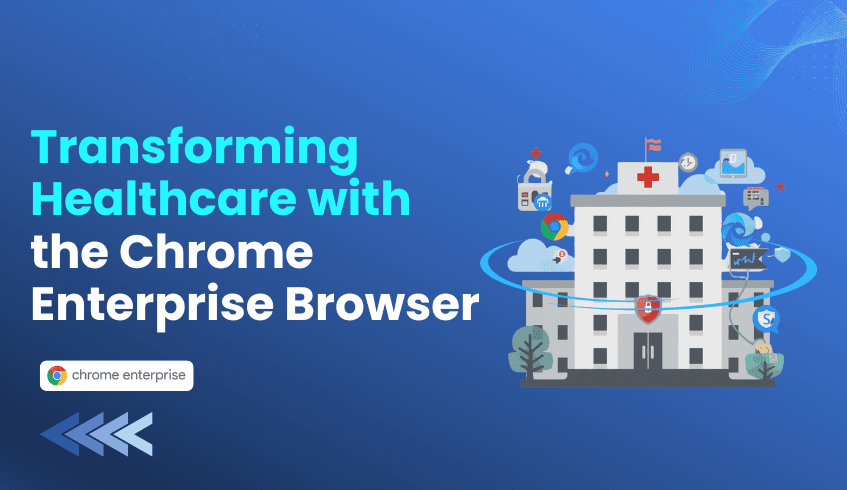
Top Security Best Practices for Enterprises Moving to ChromeOS with the ChromeOS Readiness Tool
As enterprises adopt cloud-first strategies, security remains a critical consideration, especially during major IT transitions like migrating to ChromeOS. Designed with a secure-by-default architecture, ChromeOS offers built-in protections. The ChromeOS Readiness Tool further supports this transition by helping organizations plan securely and assess readiness without compromising data privacy.
Built-in ChromeOS Security
ChromeOS is inherently secure, thanks to:
Verified Boot – Ensures OS integrity at startup
Sandboxing – Isolates processes to prevent system-wide compromise
Automatic Updates – Reduces exposure to known vulnerabilities
These features minimize the need for third-party security tools and reduce attack surfaces across the enterprise.
How the ChromeOS Readiness Tool Enhances Security
The ChromeOS Readiness Tool strengthens your migration approach through:
1. Secure Data Handling
Assessment data is:
Collected locally on user devices
Uploaded only to trusted locations of the organization itself (Network Shared Folder or GCP Storage Bucket)
Never uploaded to external storages without explicit configuration and admin permission
This ensures full control over sensitive information.
2. End-to-End Encryption
The tool uses strong encryption protocols:
Encrypts log files on the local device
Access is granted only via the private key held by the deploying user
3. Strict Access Controls
Only users with the unique private key can access readiness data on the dashboard. Data in network folders is permission-controlled, ensuring only authorized users have access.
4. Browser Insights for Threat Detection
The built-in Browser Insights feature helps:
Monitor browser versions and extension usage
Detect unauthorized or risky extensions
Enforce compliance through admin-approved data collection
Security Best Practices During Migration
To ensure a secure migration to ChromeOS:
Protect Your Private Key: Store the generated key securely, as it’s required to decrypt and access readiness data
Use Encrypted Storage: Choose secure storage locations like GCP Cloud Buckets with proper roles or internal network shares with restricted access.
Control Access Permissions: Ensure only designated personnel have access to collected data.
Regularly Review Browser Insights: Continuously monitor extension and browser usage to flag potential threats early.
With the ChromeOS Readiness Tool, enterprises can migrate confidently without compromising security. By applying these best practices, you ensure data privacy, reduce exposure to threats, and maintain full control throughout the migration journey.




